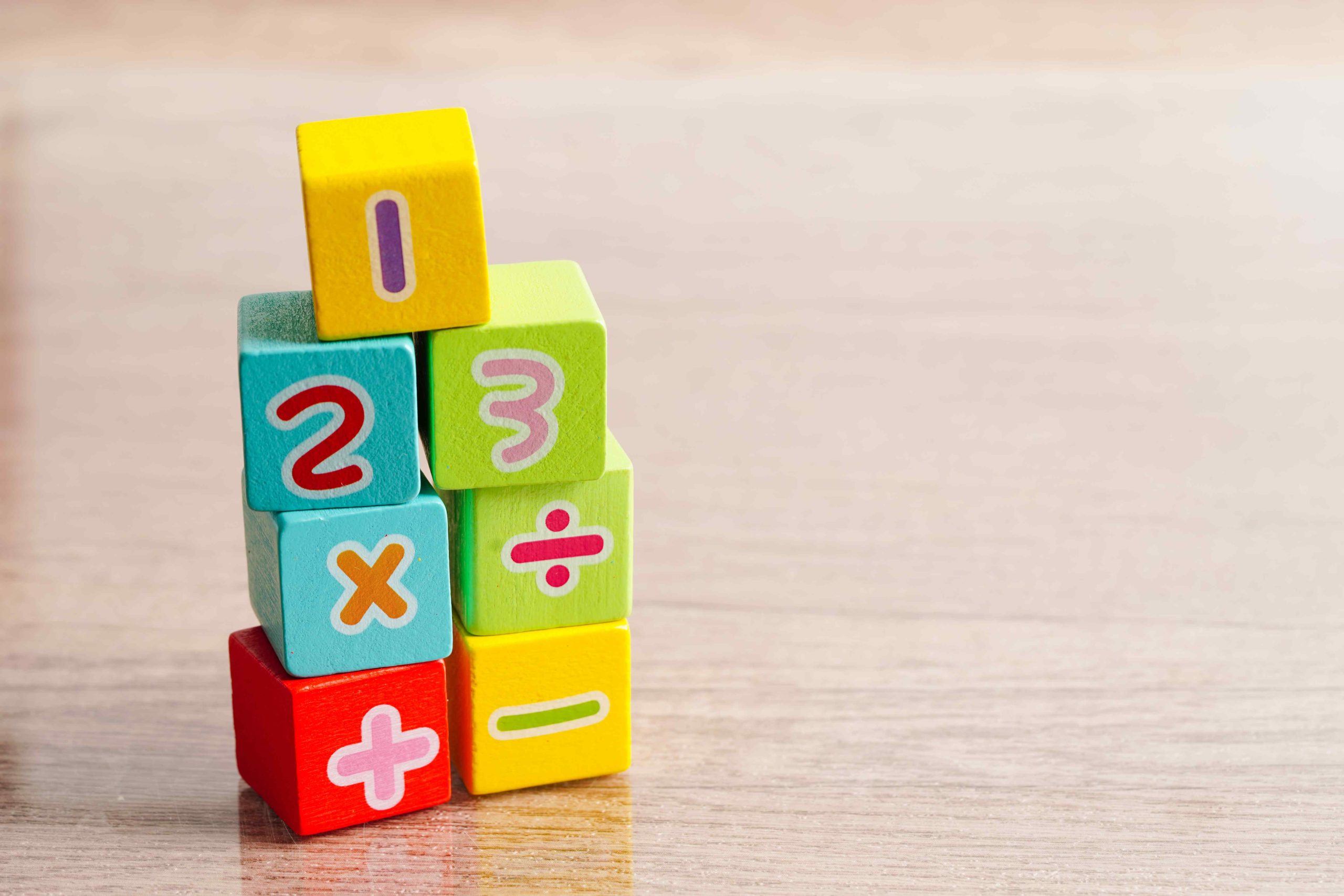
Preschoolers and Graphing: Developing Mathematical Thinking through Play
What is Graphing?
Preschoolers are capable of understanding mathematical concepts in a playful manner. One such concept is graphing. Graphing involves representing data visually through the use of graphs, charts, or diagrams. Preschoolers can begin to explore graphing by collecting data, organizing it, and displaying it visually. Graphing helps them to see patterns and relationships in data and allows them to develop their mathematical thinking skills.
Why is Graphing Important for Preschoolers?
Graphing is an important skill for preschoolers to develop because it helps them to understand how data is organized and displayed. It also teaches them how to interpret data and make comparisons between different sets of data. By learning to graph, preschoolers can develop their analytical skills and problem-solving abilities, which will be valuable throughout their lives.
Activities for Introducing Graphing to Preschoolers
There are many fun and engaging activities that parents and educators can use to introduce graphing to preschoolers. One such activity is a fruit graph. Preschoolers can choose their favorite fruit, count, and graph the number of fruits in different colors. They can then compare their graphs and see which colors are the most and least popular. Another fun activity is a weather graph, where preschoolers can track the weather each day and graph the temperature and precipitation. This activity can help them understand the concept of time and its relation to data.
Materials for Graphing
Graphing can be done using a variety of materials, such as paper, pencils, crayons, and stickers. Preschoolers can also use manipulatives, such as counting bears or blocks, to help them collect and organize data. Technology can also be used to introduce graphing to preschoolers, with interactive graphing apps or websites.
Tips for Teaching Graphing to Preschoolers
When teaching graphing to preschoolers, it is important to make it fun and engaging. Encourage preschoolers to collect their own data and choose their own topics for graphs. This will help them to develop a sense of ownership over the process and make it more meaningful to them.
Keep the graphs simple and easy to understand, and use language that preschoolers can understand. Finally, be patient and allow preschoolers to work at their own pace, and provide plenty of positive reinforcement to encourage their efforts.
Challenges in Teaching Graphing to Preschoolers
Introducing graphing to preschoolers can be a fun and engaging experience, but it comes with challenges:
Limited Attention Span
Preschoolers have a limited attention span and may lose interest in the graphing activity quickly. It is important to keep the activity short and engaging and to provide frequent breaks.
Difficulty in Collecting Data
Preschoolers may find it challenging to collect data accurately. Provide clear instructions and use materials that are easy for them to manipulate.
Lack of Fine Motor Skills
Preschoolers may not have developed their fine motor skills sufficiently to draw accurate graphs. Provide them with large graph paper and markers or crayons that are easy to hold.
Limited Vocabulary
Preschoolers may not have a large enough vocabulary to understand the language used in graphing. Use simple, age-appropriate language that they can understand.
Lack of Prior Knowledge
Preschoolers may not have prior knowledge of graphing or data collection. Introduce the concept gradually and build on their existing knowledge.
Limited Technology Access
Some preschools may not have access to technology, making it challenging to introduce interactive graphing apps or websites. In such cases, use traditional materials such as paper and crayons to teach graphing.


